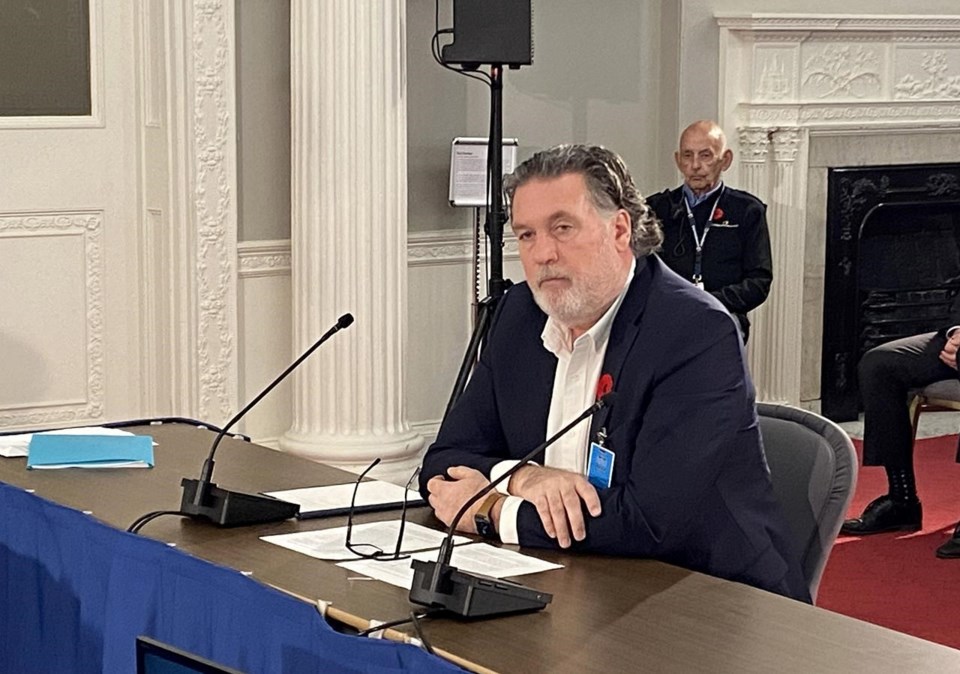HALIFAX — Nova Scotia's electrical utility has reached a proposed settlement with representatives of its customers for a rate increase of 13.8 per cent over the next two years.
If approved by the Utility and Review Board, power rates would increase by 6.9 per cent in 2023 and again in 2024 — the highest rate hike allowed under the provincial government's recently imposed cap. The bulk of the increases are to cover Nova Scotia Power's rising fuel costs, while about 1.8 per cent of the total increase would be dedicated to making the grid more resilient.
"There’s no question this is a hard time for Nova Scotians, and great attention must be paid to the current concerns over the rising cost of living, while also ensuring we maintain the most basic needs for a reliable electrical system," said Peter Gregg, chief executive of the utility, in an emailed release sent Thursday night.
Nova Scotia Power said earlier this month the government's cap on rate hikes would jeopardize the province's goal of ending coal-powered electricity generation by 2030 and that it would delay the shift to renewable energy.Â
The agreement would also allow the private utility company to apply to regulators to recover costs from severe storms in the next three years. The so-called "storm rider" would permit Nova Scotia Power to apply to the regulator if the costs associated with severe storms exceed $10.2 million in 2023, $10.4 million in 2024 and $10.4 million in 2025.Â
The deal has been agreed to by representatives for residential customers, small business customers, industrial and institutional customers, the Ecology Action Centre, the Affordable Energy Coalition and the four municipal utilities.Â
It remains unclear what effect the costs of hurricane Fiona — which have yet to be publicly revealed — will have on rates in the near or long-term future.Â
Bill Mahody, the consumer advocate during talks with the power utility, said in an email that recovering the costs "would require an extraordinary application by Nova Scotia Power."
"If such an extraordinary application was made and if the board was prepared to grant the request, one option would be the creation of a deferral account. Nova Scotia Power would recover that deferral and any carrying costs at a future general rate application," he wrote.
In 2019, hurricane Dorian cost about $39 million, and executives with Nova Scotia Power have suggested Fiona caused more damage due to the storm's strength and intensity.
Meanwhile, earlier this week, bond rating agency S&P Global downgraded Nova Scotia Power's bonds from BBB+ to BBB-, citing the province's move to limit power rate increases. The agency said the rate hike limits would increase the utility's business risks.Â
The limits could also increase the costs the utility must bear for borrowing funds, but Premier Tim Houston told reporters on Thursday that he was convinced his government's limits on rate increases are good public policy.
"My only obligation is to the ratepayers of the province … The relationships with … stakeholders that Nova Scotia Power has, with its rating agencies, with its shareholders and other people, it's their responsibility to manage those relationships," he said. Â
"We want a strong utility. And we want a utility that delivers reliable, clean electricity at a fair price."
This report by The Canadian Press was first published Nov. 25, 2022.
Michael Tutton, The Canadian Press



